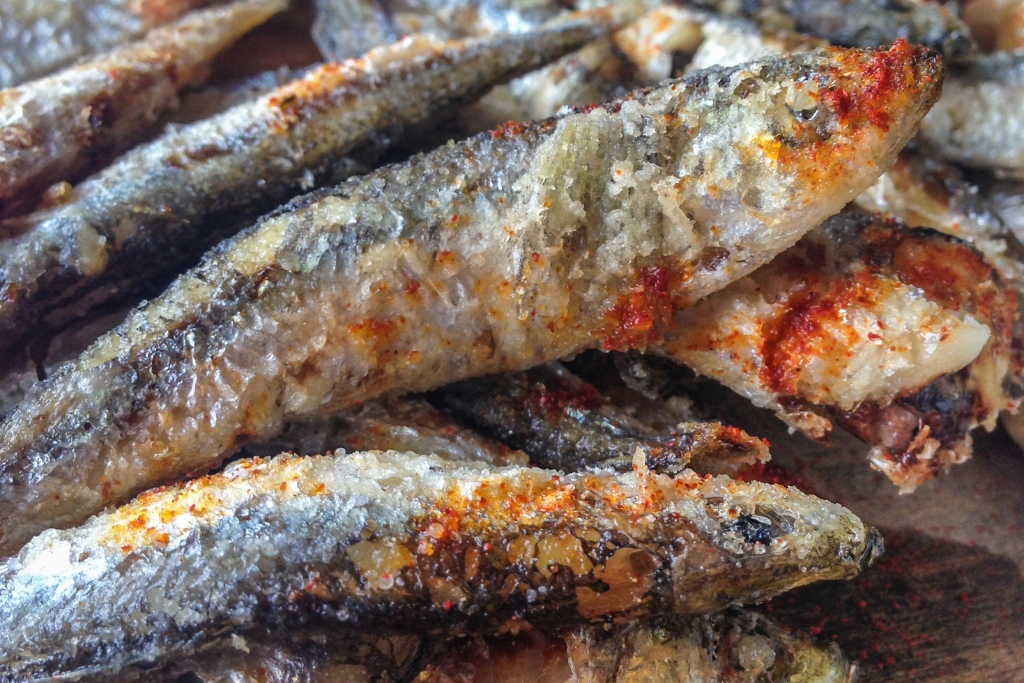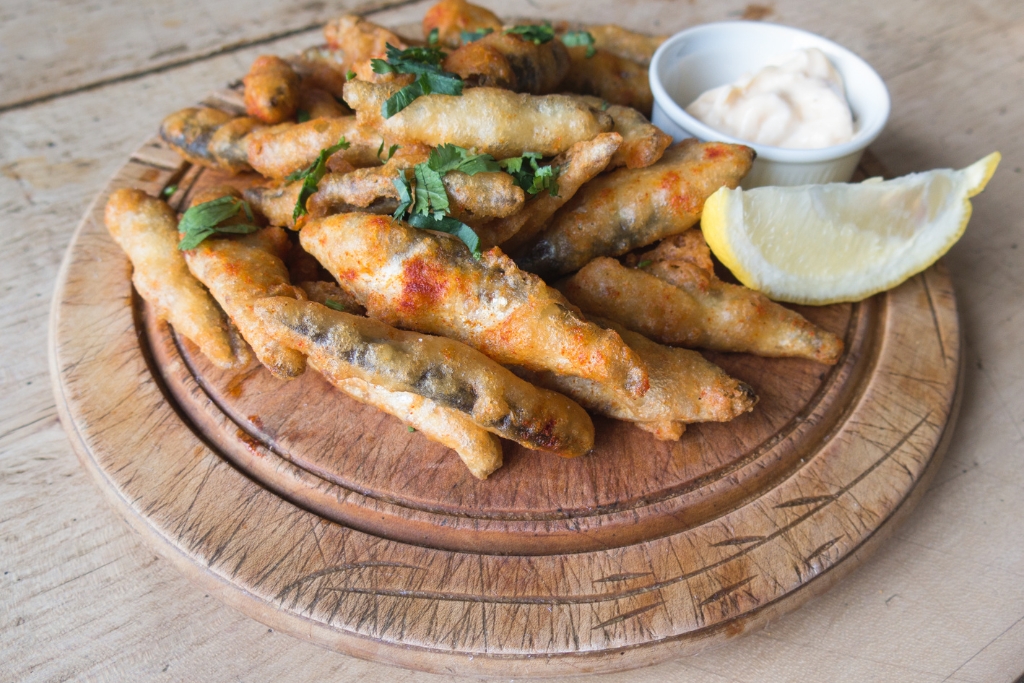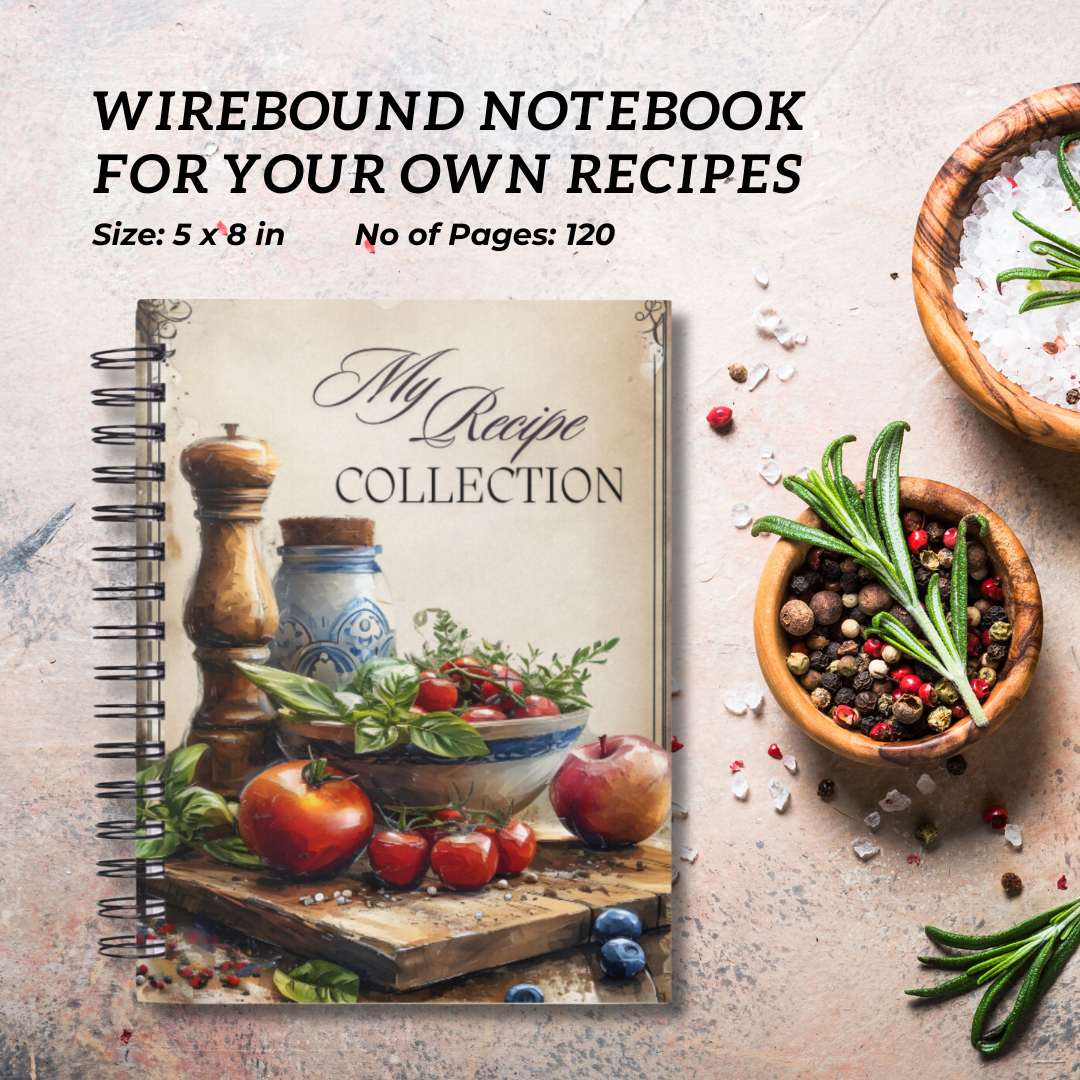Devilled
Whitebait
The Star of
Grand Victorian Nights Out
I remember my mum’s eyes lighting up when the local fishmonger had smoked sprats for sale - and while the box she came home with smelled fantastic, I couldn’t understand how she could eat the little fish, heads and bones and fins and all. Her eyes lit up even more when it was whitebait season, and she had a chance to treat the family to devilled whitebait. I did like those, though I still wouldn’t eat the heads!
England, with its long coastline and history of seaside dining, also has a long love affair with devilled whitebait, which just proves that this crispy, seasoned delight that goes so perfectly with a cold beer has truly universal appeal.
The Roots of
Devilled Whitebait
Whitebait are tiny, delicate fish, often sprats or young herring, which are caught in coastal waters, while “devilling” is a method of cooking where cayenne, black pepper, or chilli powder are added to food, giving a spicy, often unexpected zing to the finished dish. Famous English cookery writer Mrs Beeton included a recipe for “devilled sauce” in her books and recommended its use to marinate chicken or pork chops.
It seems, we all like a little unexpected spice now and then. So, as well as devilled whitebait, you may come across devilled kidneys, which were a popular breakfast dish and after-dinner savoury in Victorian times, devilled eggs, which are a very popular party food, devilled ham, or even devilled chicken.
As for whitebait, for most of the 19th century, the fish were caught in vast numbers in the Thames estuary, or by the busy coastal fishing fleets along the Kent and Sussex coasts - and it’s thought that this is where devilled whitebait was first served.
 Devilled Whitebait © CBCK-Christine | Getty Images canva.com
Devilled Whitebait © CBCK-Christine | Getty Images canva.comIt’s not hard to imagine: fresh sea air, a breeze, and small morsels of tender, flaky fish in a crispy, spicy crust. A match made in heaven, really, whether you treat yourself to a beer to wash down your bounty or not.
Whitebait Suppers, an upper-class Victorian’s idea of a glittering, celebrity-filled night out, always started with whitebait and champagne before offering other fishy treats. Held in Greenwich, these suppers were often attended by government ministers, media figures, and other celebrities, and were said to have been “raucous.”
I simply love the idea of that image!
But it’s not just the elite who embraced devilled whitebait. Available on promenades, fish restaurants, and seaside pubs, it has become a beloved staple for anyone looking to indulge in something a little unusual. How does it feel to be part of a tradition that spans centuries and classes, from grand feasts to casual beach outings?
Cooking
Devilled Whitebait at Home
Cooking classic devilled whitebait involves nothing more complicated than tossing the rinsed and dried fish in milk and seasoned flour before deep-frying them for 2-3 minutes until crisp and golden brown.
Traditionally, the dipping and coating would have been done by hand with the milk and flour on neighbouring plates. Adding the seasoned flour to a freezer bag and shaking it gently to coat the fish makes that step of the proceedings much easier. Just don’t add too many fish at once, or you’ll end up with one big lump of flour - coated fish.
The seasoning you add to the flour is entirely up to you and can range from traditional salt and pepper to a more adventurous mix, including cayenne pepper, chilli powder, or smoked paprika.
Fry the flour-coated whitebait a few at a time and serve them hot, with a slice of lemon to squeeze over the top and perhaps a side of tangy tartar sauce.
 Devilled Whitebait and Tartar Sauce © CBCK-Christine | Getty Images canva.com
Devilled Whitebait and Tartar Sauce © CBCK-Christine | Getty Images canva.comDon’t forget the presentation - especially when eating outside. Fill a generous platter with devilled whitebait and lemon wedges, adding extra salt and cayenne, and carry it in triumph to the table - in a way those long-ago feasting Victorians would have recognised and cheered.
Really, there’s no reason at all not to have your own Whitebait Supper!
Devilled whitebait is much more than just a simple dish of spicy, fried fish. It’s a delicious reminder of laughter, feasting, and the joy of sharing good food.
So, the next time you find yourself near the coast or in the mood to dine with history, why not indulge in some devilled whitebait?
How do you keep your recipes?
Are you a passionate cook or baker with a treasure trove of old, beloved recipes scattered around your kitchen? Let me help you organise and preserve your culinary heritage in style.
These elegantly designed blank recipe notebooks don't take up much room, but with their user-friendly layout and durable design, they offer plenty of space for your recipe collection. This recipe keeper notebook is your perfect kitchen companion. And filled with their favourite recipes it makes a great gift for children heading to college - or even as a wedding gift.
For more ideas for tasty puddings return from our Devilled Whitebait page to the recipes page.



